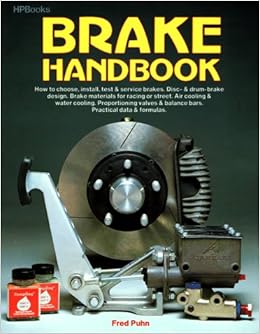Irvin Glassman, Richard A. Yetter
Combustion Engineering, a topic generally taught at the upper undergraduate and graduate level in most mechanical engineering programs, and many chemical engineering programs, is the study of rapid energy and mass transfer usually through the common physical phenomena of flame oxidation. It covers the physics and chemistry of this process and the engineering applications―from the generation of power such as the internal combustion automobile engine to the gas turbine engine. Renewed concerns about energy efficiency and fuel costs, along with continued concerns over toxic and particulate emissions have kept the interest in this vital area of engineering high and brought about new developments in both fundamental knowledge of flame and combustion physics as well as new technologies for flame and fuel control.










